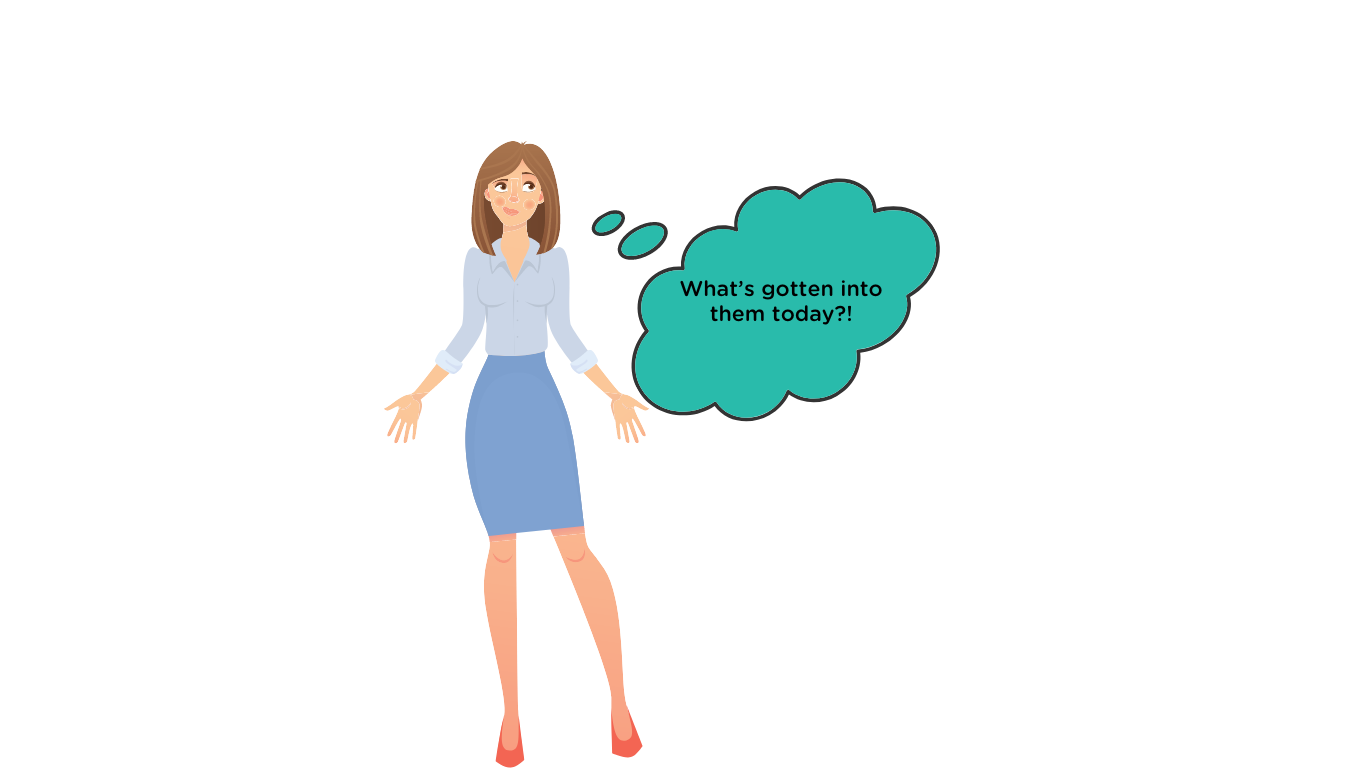Why is it so hard to get care?
Behavioral healthcare is an umbrella term that includes treatment for mental health, substance abuse, learning differences, and disordered behavior resulting from mental illness or disability. Behavioral therapy and behavioral programs include talk therapy, detox and substance abuse treatment, occupational therapy, inpatient and psychiatric treatment, behavioral therapy for autism, adult day programs, and others.
The ⅓ of US residents without access to a primary care physician aren’t likely to have access to providers with behavioral health specialties, either.
If you’re part of the luckier two-thirds? You still might be one of the 160 million Americans who live in an underserved area.
And if you’re luckier still and live in an area with providers, have insurance and the means to pay copays, and can keep to appointments? You might still be one of the millions on a waitlist for a diagnosis for your autistic child, or a provider who speaks Spanish, or a therapist who specializes in LGBTQ+ issues or a specific type of therapy.
Those luckier than that fear the services they fought so hard to obtain will be disrupted by staff turnover, clinic closures, and even new laws that could change who is entitled to what and what providers can offer.
Behavioral healthcare is often the difference between life and death, significantly improving the quality of life for individuals, their families, and communities. Effective care reduces society’s overall cost of behavioral health disorders, making it safer, more productive, and happier. It’s a critical component of overall well-being, yet the shortage of professionals in this field blocks access to timely care for millions of Americans. This issue is exacerbated by various stakeholders’ historical underinvestment in behavioral health services, including public insurance programs, private insurers, and employers. In 2021, timely care was accessed by less than half of individuals with mental illnesses. Rural communities and marginalized populations are even more deeply impacted.
These populations have the most difficult time accessing care:
- Rural and Economically Disadvantaged Areas: In many rural and low-income places, it’s hard to find behavioral health care providers. In 2018, over half the counties in the US didn’t have a single practicing psychiatrist! Other countries might not have any mental health services at all.
- Medicaid and Medicare: If you’re covered by Medicaid or Medicare, it can be tough to find providers who accept your insurance. This is mostly because they pay less, especially Medicaid. Some insurance companies have such challenging credentialing and funding requirements that providers cannot even accept them. Reimbursement rates have been stagnant for years, despite inflation. This has caused private investors to pour money into the behavioral health industry, but investors value profits while clinicians value patient outcomes, compromising quality.
- Underserved Groups: People from communities of color, non-English speakers, and LGBTQ communities often struggle to find affirming services where they will not face discrimination. A trusting relationship with one’s therapist is a critical component of effective treatment, so building a robustly diverse workforce is crucial to reaching all people in need. Gender is also a factor: everyone has individual preferences about therapist gender and may not feel safe to open up to one gender.
What needs to happen to fix these problems?
The challenges to the behavioral health industry are multifaceted and plentiful – there are a lot of things that need to be done in order to truly solve the problems. Policymakers, funding sources, and businesses can take several steps to strengthen the behavioral health workforce:
1. Ensure equitable reimbursement for behavioral health professionals compared to their medical and surgical counterparts, especially in terms of insurance reimbursement.
2. Foster alignment among payers through public-private partnerships to provide financial incentives and simplify administrative processes for providers.
3. Create pathways for career advancement, particularly for clinical supporters and community care workers, to attract and retain talent in the field.
4. Offer scholarships and loan forgiveness incentives to promote diversity and representation, especially in underserved areas.
5. Review and address structural barriers to entering and remaining in the behavioral health workforce, focusing on disadvantaged populations.
By implementing these strategies, we can work toward building a more robust and inclusive behavioral health workforce, ensuring that all individuals have access to the care they need to achieve better mental health and well-being.





Leave a Reply